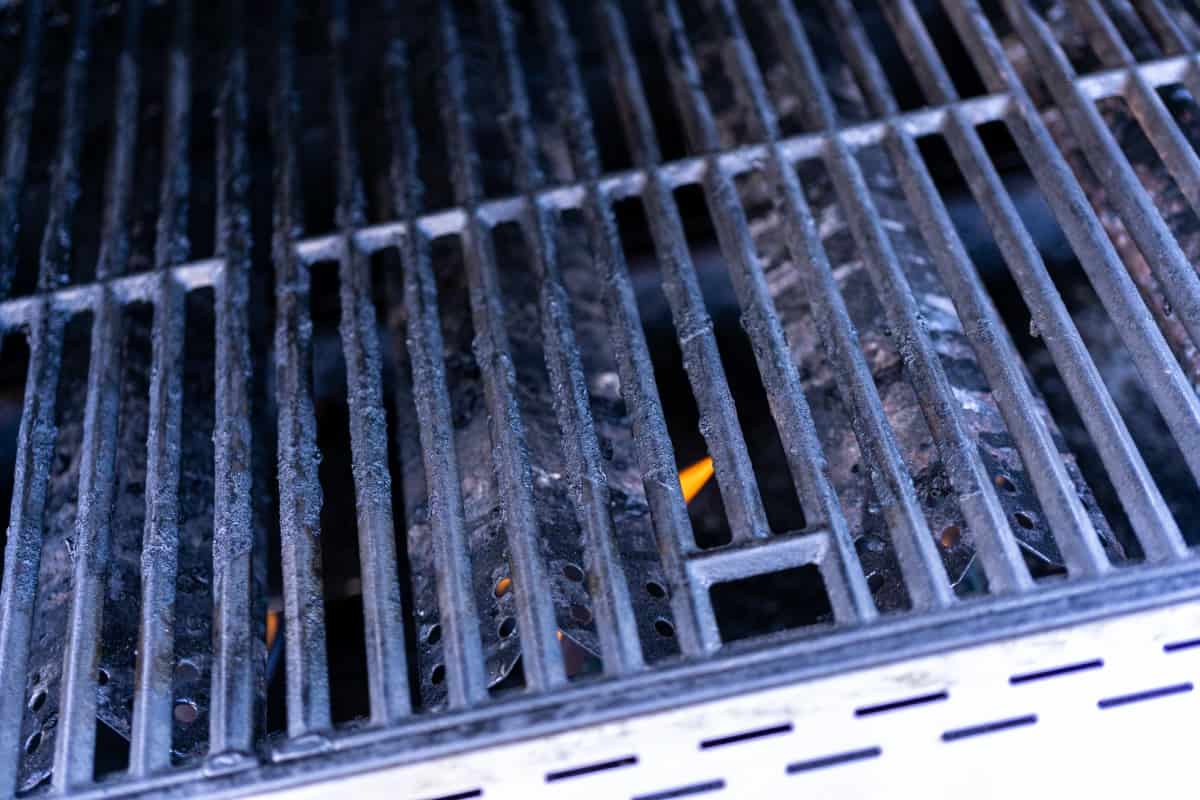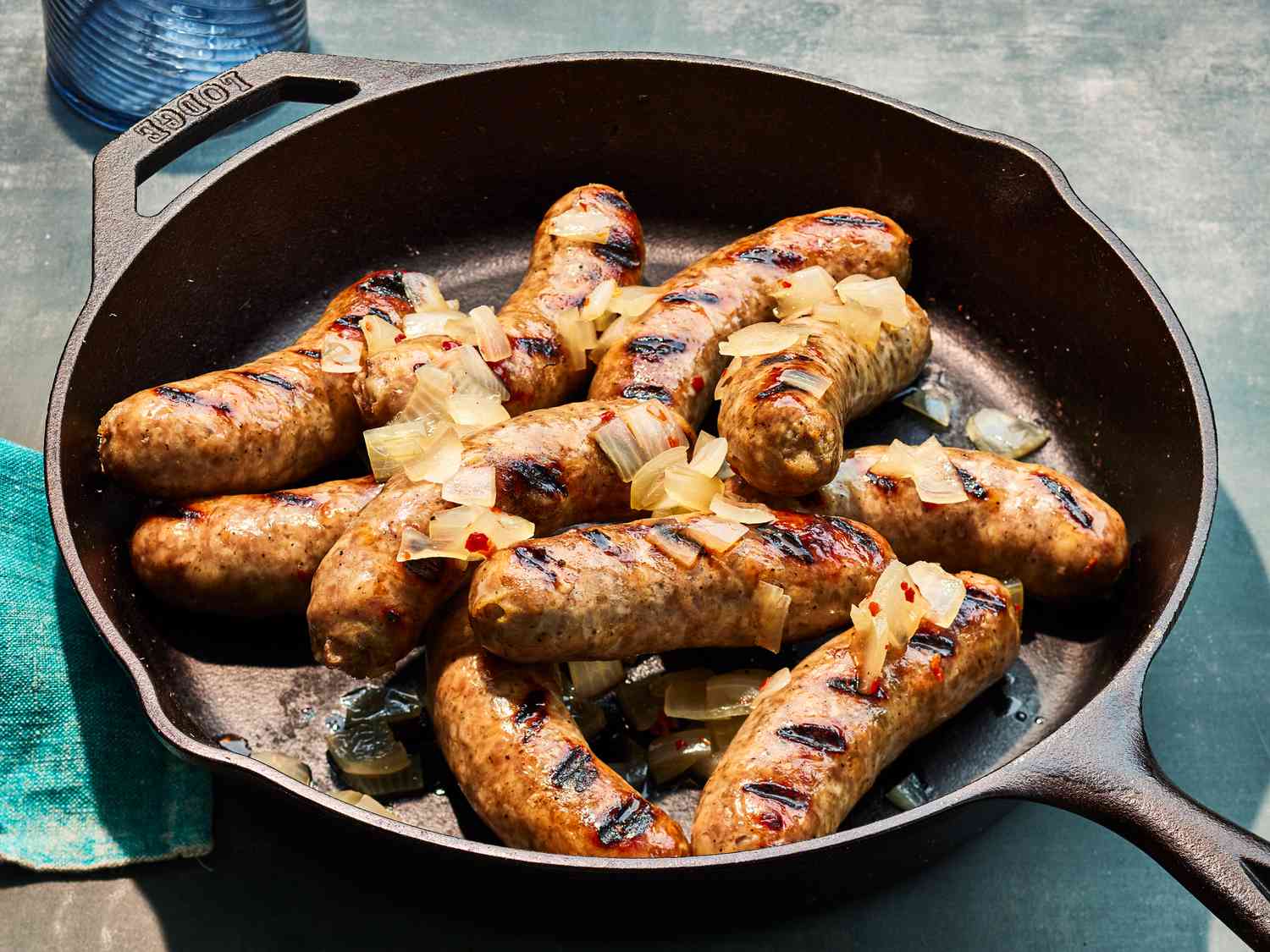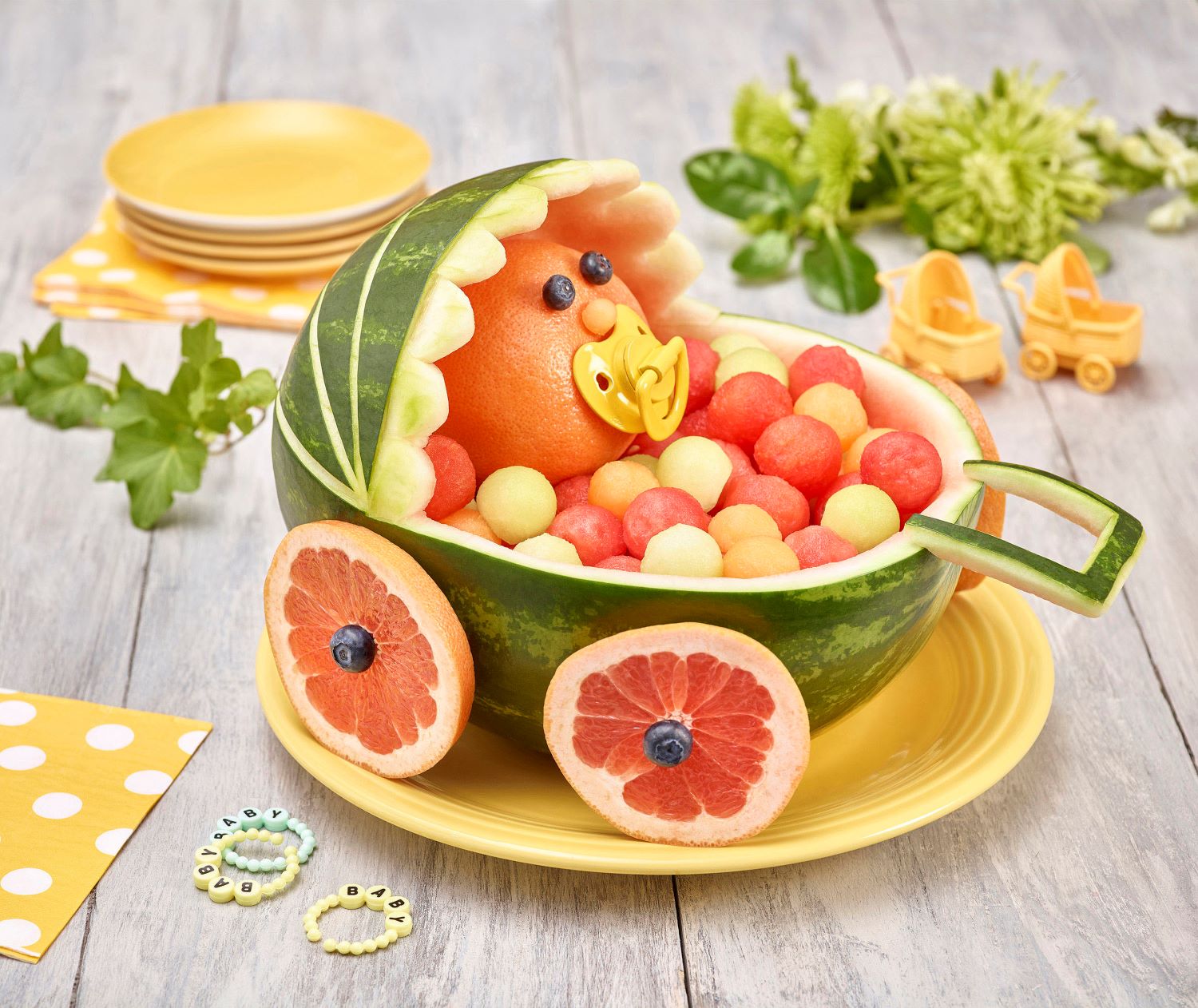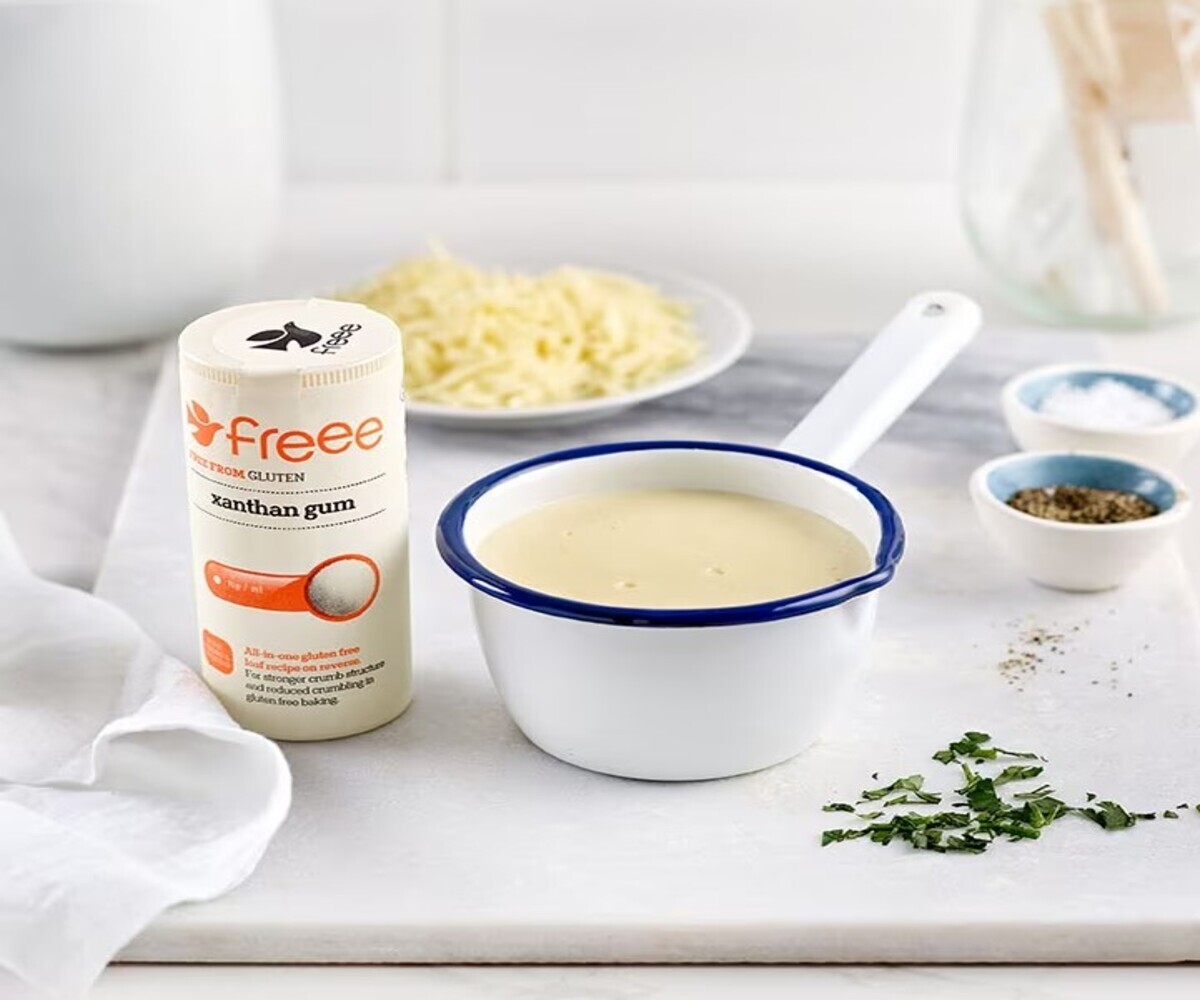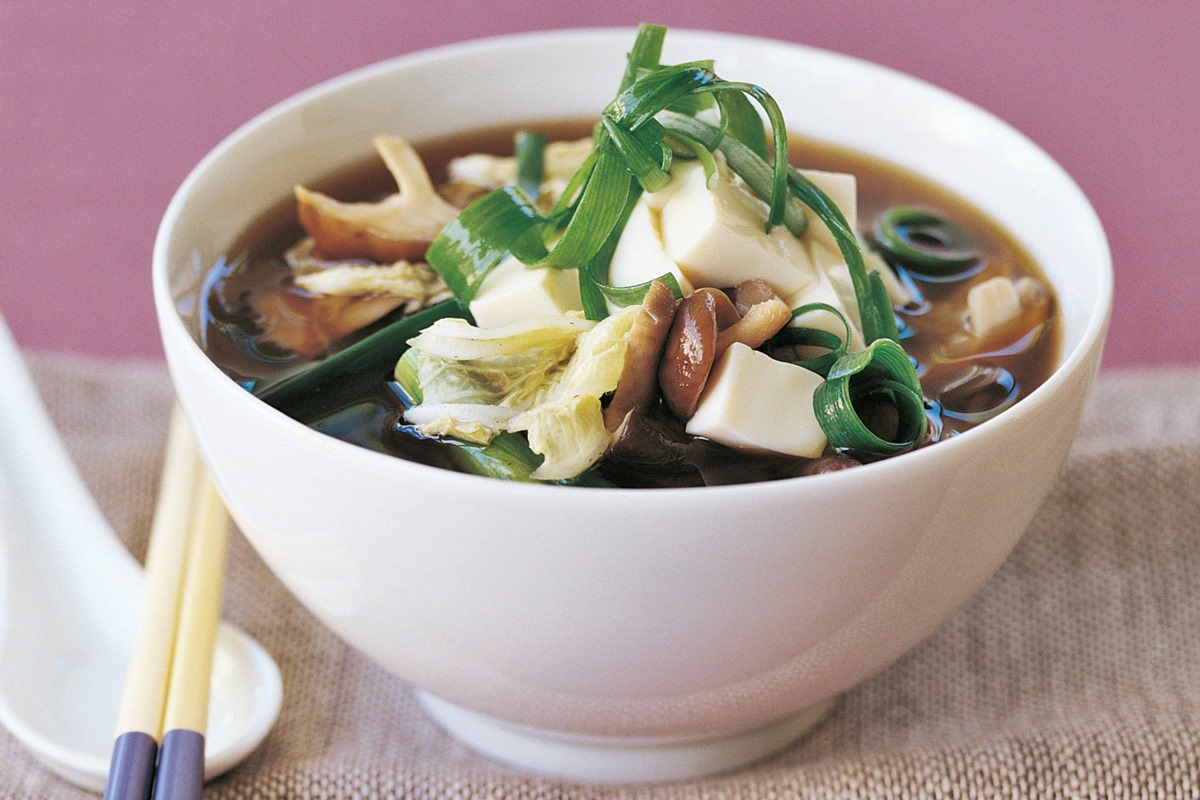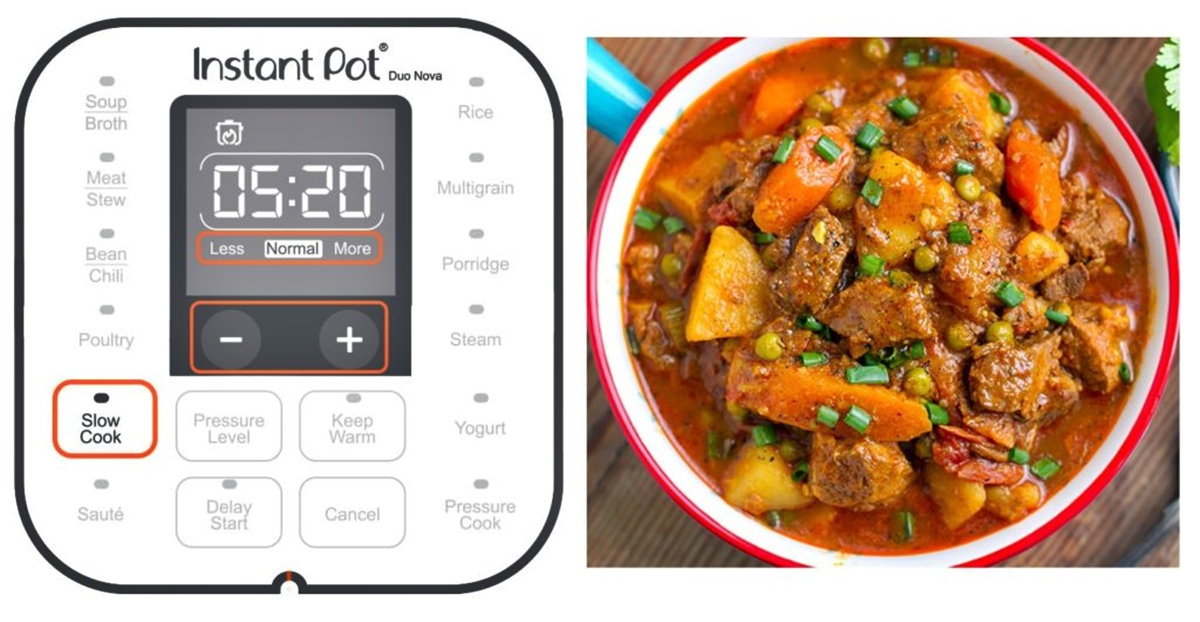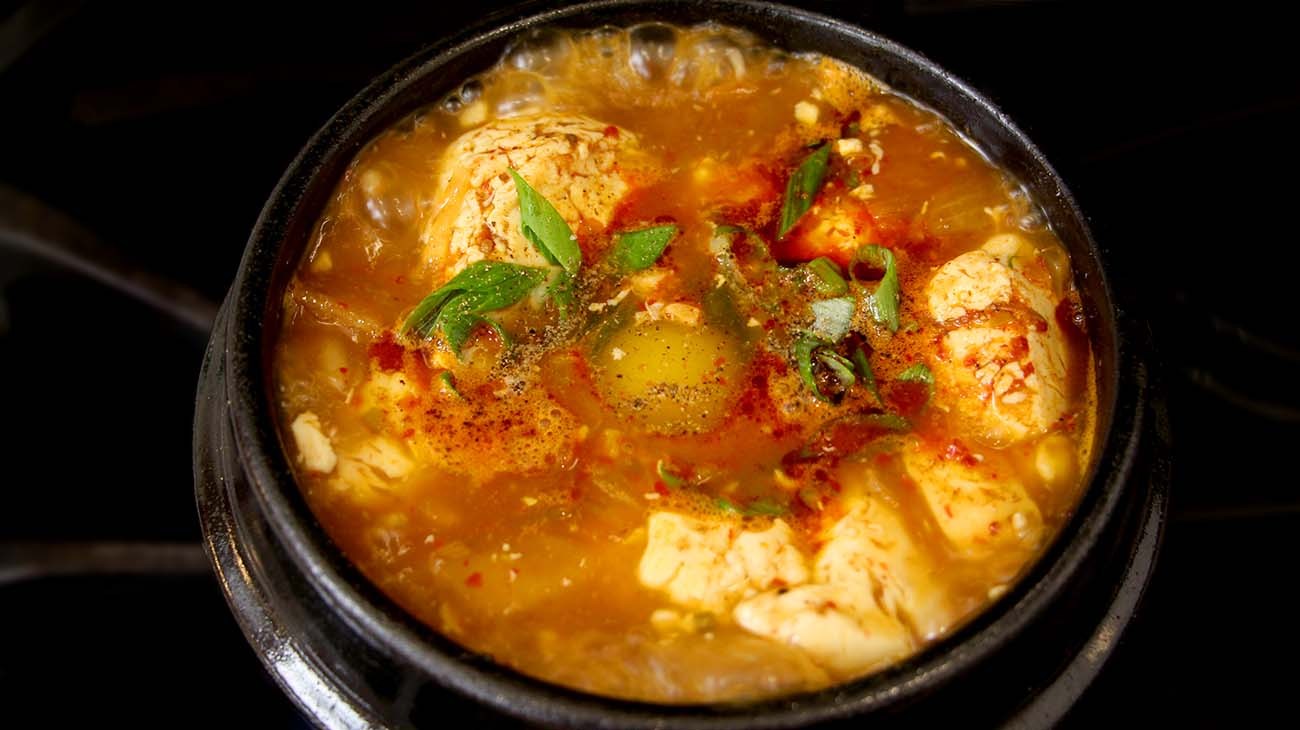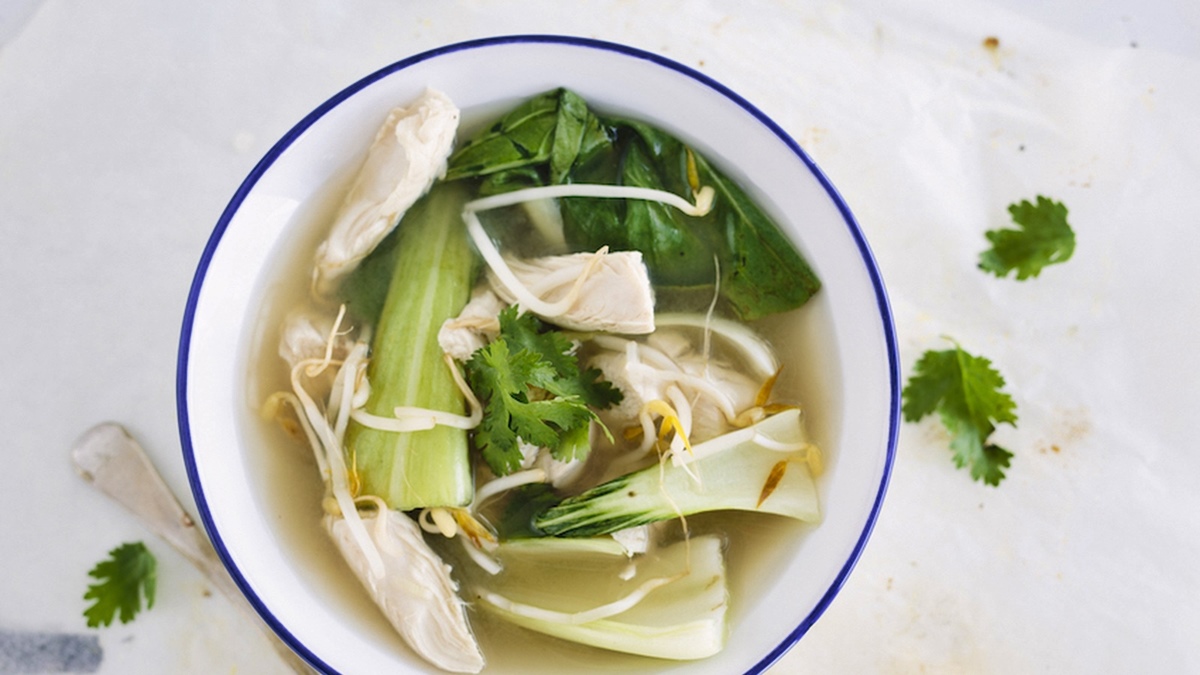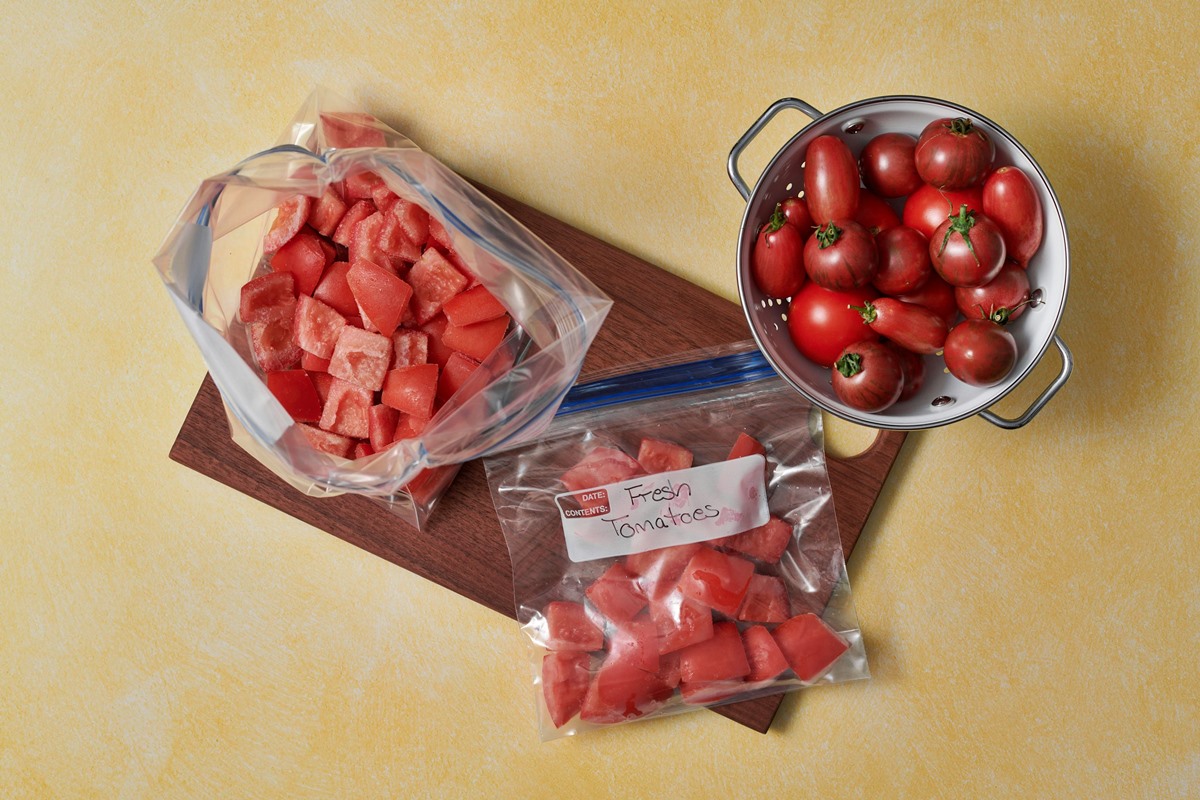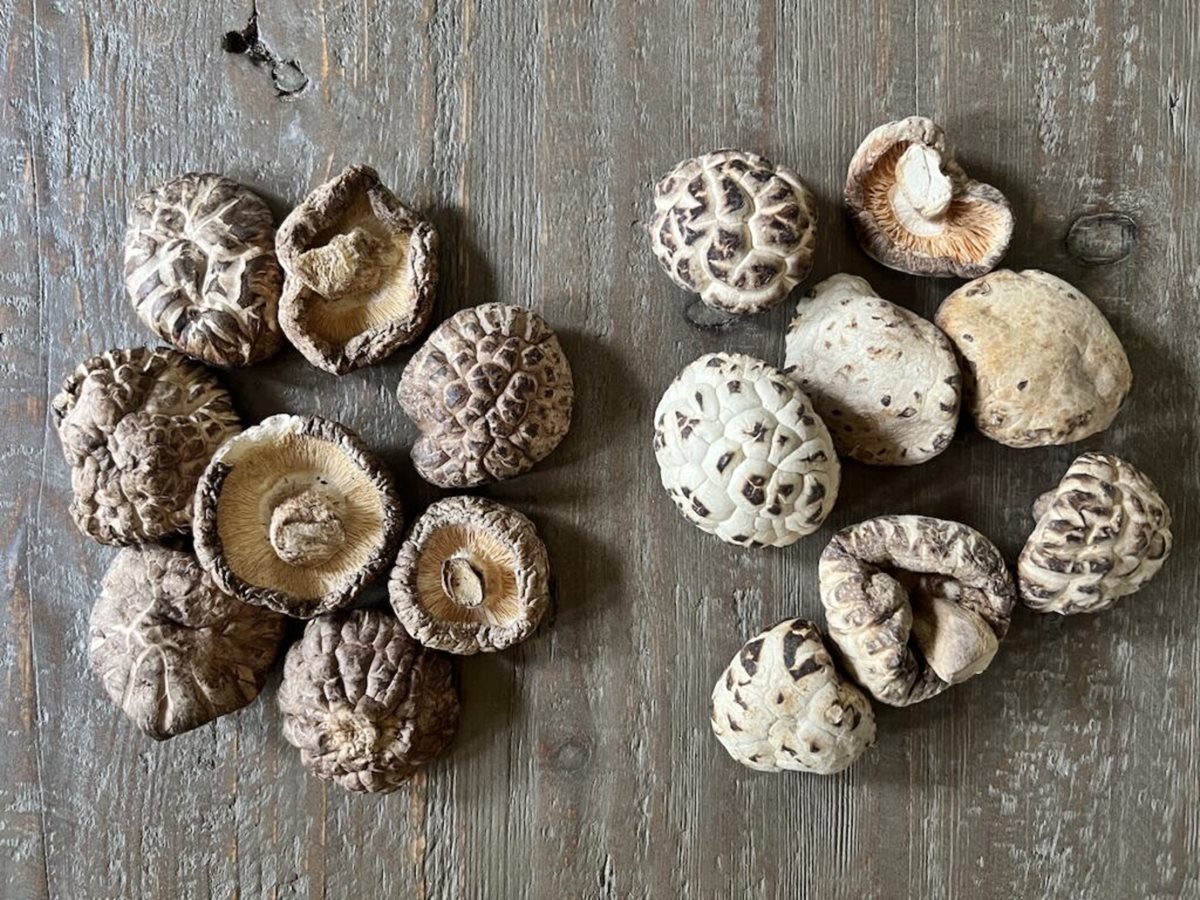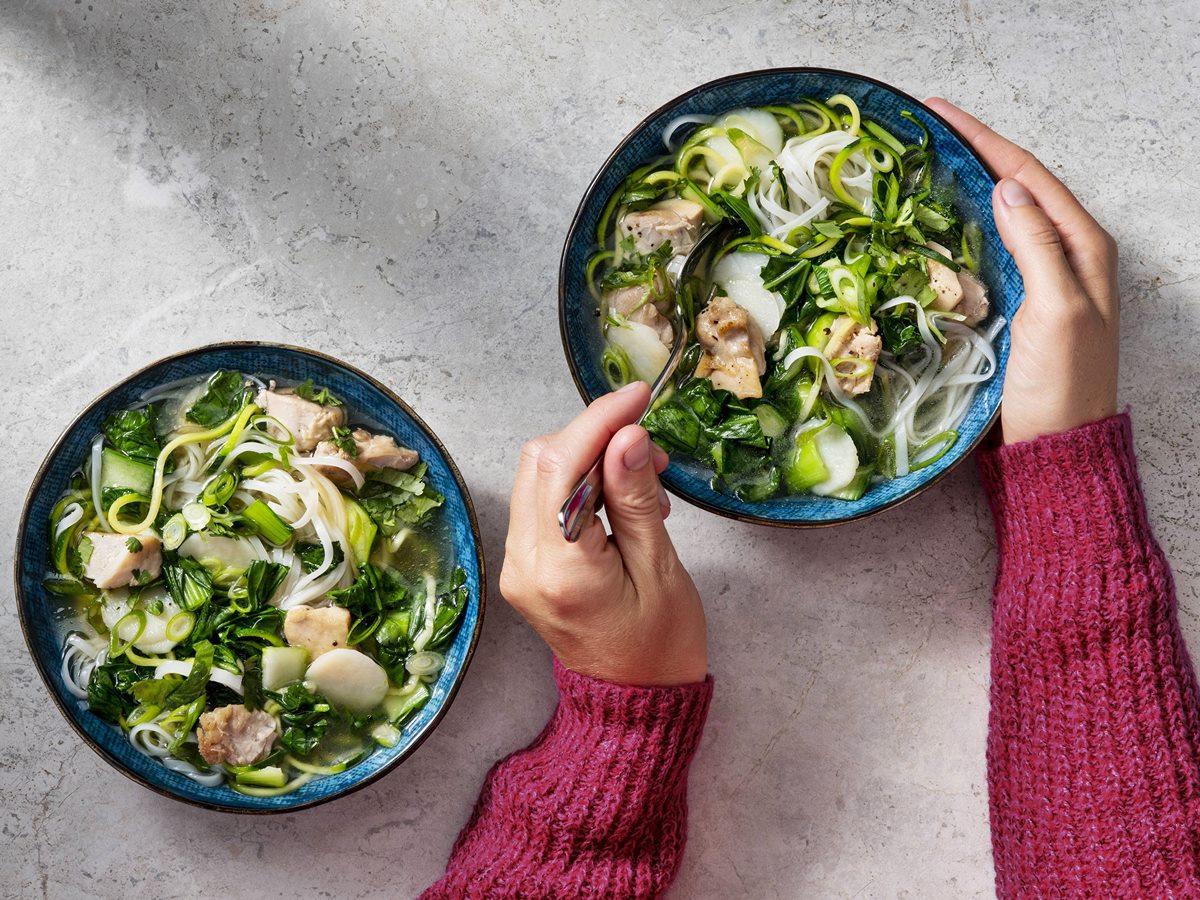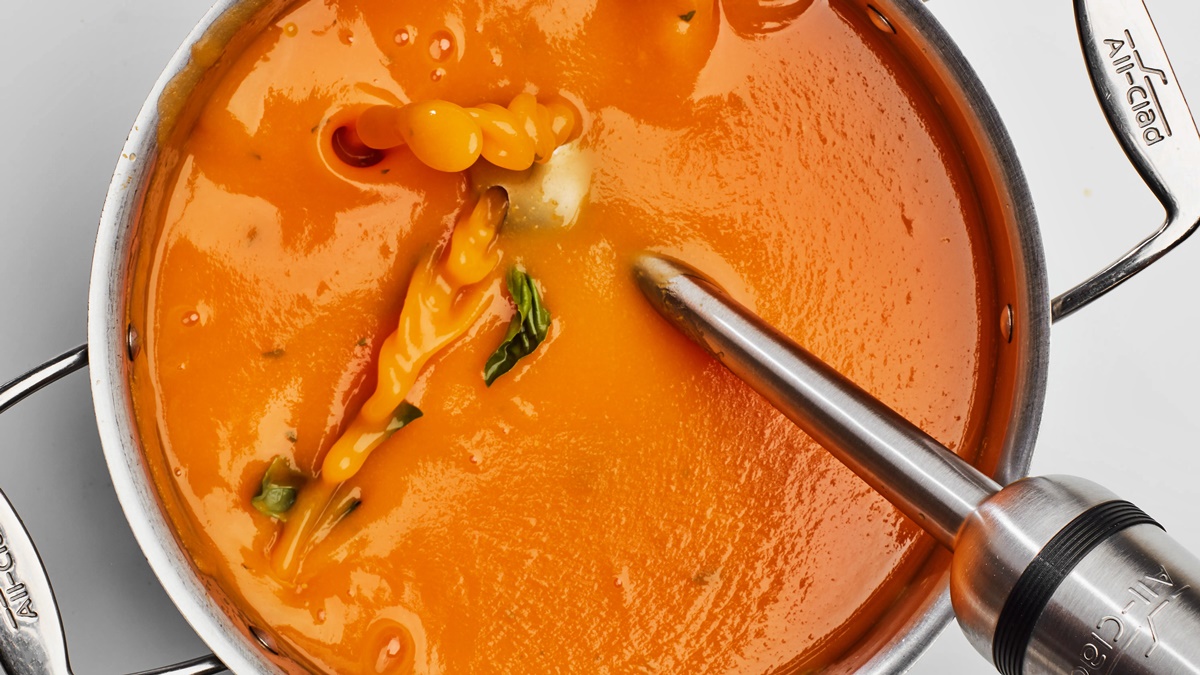How To Vacuum Seal Soup
When it comes to preserving and storing food, vacuum sealing has become increasingly popular. And while it may be commonly associated with sealing meats and vegetables, you can actually vacuum seal soup too! Vacuum sealing your favorite soup not only extends its shelf life but also helps to retain its flavors and nutrients. In this blog post, we will guide you through the process of vacuum sealing soup like a pro.
Why Vacuum Seal Soup?
Vacuum sealing soup comes with a range of benefits. Here are a few reasons why you should consider vacuum sealing your delicious homemade soups:
- Extended Shelf Life: Vacuum sealing creates an airtight environment, preventing the growth of bacteria and mold, which in turn extends the shelf life of the soup.
- Preservation of Flavor: By removing the air from the packaging, vacuum sealing helps to preserve the original flavors of the soup, allowing you to enjoy its delicious taste even after weeks or months.
- Nutrient Retention: Vacuum sealing locks in the nutrients present in the soup, ensuring that you get maximum nutritional value even after storing it for an extended period.
- Convenience: Vacuum-sealed soup can be easily stacked and stored in the freezer, saving valuable space while providing you with a quick and convenient option for future meals.
Steps to Vacuum Seal Soup
Now that you know the benefits of vacuum sealing soup, let’s dive into the steps involved in the process:
1. Cool and Portion the Soup
Before vacuum sealing, it is important to let the soup cool down completely. This helps to prevent condensation and ensures a proper seal. Divide the soup into individual serving portions or the desired sizes for your needs.
2. Choose the Right Packaging
When vacuum sealing soup, it is important to use appropriate packaging materials. Freezer-safe, BPA-free vacuum sealer bags or containers are ideal for this purpose. Ensure that the bags or containers are capable of withstanding freezing temperatures.
3. Fill and Seal the Bags/Containers
Pour the cooled soup into the vacuum sealer bags, leaving enough room at the top for sealing. If you are using containers, leave a bit of headspace for expansion during freezing. Make sure to wipe any spills or food particles from the sealing area to ensure a proper seal. Use a vacuum sealer machine to remove the air and seal the bags or containers according to the manufacturer’s instructions.
4. Label and Date
Don’t forget to label each vacuum-sealed soup package with its contents and the date of sealing. Proper labeling helps you keep track of the different soups and ensures that you consume them within a reasonable timeframe.
5. Freeze and Store
Place the vacuum-sealed soup packages in the freezer in an organized manner. Make sure to stack them neatly to maximize storage space. Proper storage in a freezer keeps the soup fresh and ready for future use.
Tips for Vacuum Sealing Soup
To ensure the best results when vacuum sealing soup, consider the following tips:
- Use thick, high-quality bags or containers: To avoid any leaks or punctures, make sure to use bags or containers specifically designed for vacuum sealing.
- Remove as much air as possible: The more air you remove, the better the seal and the longer the soup will stay fresh.
- Don’t overfill: Leave enough space at the top of the bag or container to prevent spills during sealing and freezing.
- Thawing the soup: When you’re ready to enjoy your vacuum-sealed soup, gently thaw it in the refrigerator or by placing the bag/container in a bowl of cold water.
Now that you know how to vacuum seal soup, you can easily preserve your favorite soups for future meals. Enjoy the convenience and flavor of freshly sealed soup whenever you desire!
Was this page helpful?
Read Next: How To Cut A Whole Roasted Chicken
